|
Last Tuesday, at Verdant Community Wellness Center, the Healthy Living Coaching Group took participants through a crash course on metabolism. The Healthy Living Coaching Group meets weekly to discuss specific ways to improve dietary and physical habits to lead healthier lives. In previous classes, individual factors that affect weight management have been explored. In this class, we introduced the science and revisited previous topics, to illustrate the complexity of metabolism. It was also demonstrated that we all have the tools to develop habits to support a healthier metabolism. Here are the main takeaways from the class. What is Metabolism? When thinking about metabolism we often think about weight and how fast or slow someone burns calories. We hear phrases like “oh he has a slow metabolism” or “she has a fast metabolism” to account for why someone is of a particular weight. In part this is true. But it’s also so much more. Metabolism is all of the physical and chemical reactions in the body that maintain life. It’s a balancing act between the reactions that build products up and consume energy (anabolism) and break things down (catabolism) for energy (ATP). The food we eat contains the building blocks for these reactions. Essentially, food is fuel. We use this fuel for immediate energy or store it for later use. Metabolic rates are determined by how fast energy can be produced and used. These rates are affected by various factors. Some are out of our control like age, gender, and genetics, but others we can regulate. Dietary PatternsWhat, when, and how we eat play a large role in supporting our metabolism. Three manageable changes are: eating breakfast, eating small frequent meals, and mindful eating. Eat BreakfastListen to your mom (and dad)! Breakfast is the most important meal of the day because it “wakes” up your metabolism. While sleeping, your metabolism slows way down so it needs a jump start first thing in the AM. It is recommended to eat within 1 hour of waking. Make sure to have a meal that contains a protein, fat, carbohydrate and fiber source to set the stage for the rest of the day. Eat Small, Frequent Meals
Mindful Eating
Daily ActivitiesAlthough metabolism can be greatly improved through dietary changes alone, there are some daily activities that also play a large role. Exercise & Activity Level
Tracking/JournalingSleepingLength and quality of sleep is such an important factor and really could be a discussion all on its own. But I am running out of space, so here is the short version. You want to get enough sleep to avoid fatigue during the day. Fatigue means less activity which will lead to decreased metabolic rate. Fatigue can also impact stress which impacts appetite hormones which then impacts if we eat too much or too little which then affects our metabolism. The domino effect of poor sleep is real. So, try to aim for 7-9 hours a night of undisturbed sleep. Metabolism is complicated and multifactorial. These are just a few factors from a very long list. However, they are within our reach. Create healthier habits by focusing on one or two factors at a time. Here are some recipe ideas to inspire you along the way! Shakshuka with Greens
Directions:
Nutrition per serving (1/4th of pan): 217 Calories; 15g Fat; 10g Protein; 13g Carbohydrates; 3.5g Fiber; 216mg Sodium Fruit & Yogurt ParfaitDirections:
Nutrition per 8 ounces: 150 Calories; 4g Fat; 7g Protein; 26g Carbohydrates; 3.5g Fiber; 85mg Sodium Analyzed using KIND Cinnamon Chia Granola and sliced almonds ~Kelsy, Dietetic intern
0 Comments
The MIND diet stands for Mediterranean-DASH Intervention for Neurodegenerative Delay. The diet combines portions of the DASH diet (Dietary Approaches to Stop Hypertension) and the Mediterranean diet. It was developed by researchers at Rush University who created a nutrition plan to help lower the risk of Alzheimer’s disease. Both the DASH diet and the Mediterranean diet have been shown to improve cardiovascular health and cognition. However, the MIND diet may improve cardiovascular function and cognition, in addition to lowering the risk for Alzheimer’s disease. Studies suggest that those who adhered to the MIND Diet the most reduced their risk for Alzheimer’s by 53% compared with those who did not adhere closely to the diet. Even those participants who partially adhered to the MIND Diet were able to reduce the risk of Alzheimer’s by 35% compared with those who did not follow the diet.
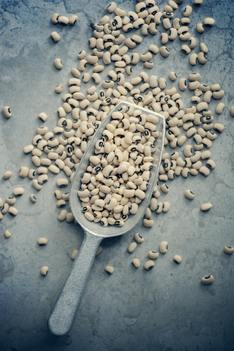 4. Nuts – at least five servings per week Nuts can help to lower blood pressure and LDL (bad) cholesterol. They may also help prevent memory loss and Alzheimer’s disease. Nuts are a great source of Vitamin E, which is linked to improved cognitive function. Walnuts, loaded with polyphenols and Omega-3 fatty acids, are known to improve memory and concentration. 5. Legumes – at least 4 servings per week Legumes, like lentils and beans, are comprised of low glycemic carbohydrates that supply your brain with fuel at a steady pace. Legumes also have a lot of fiber which can help lower blood pressure and cholesterol. 6. Whole grains – at least 3 servings per day Like legumes, whole grains contain a lot of fiber which can help lower blood pressure and cholesterol. Foods that promote cardiovascular health are also good for your brain. If the brain gets adequate oxygen-rich blood it will be better at thinking and memorizing.  7. Fish – at least 1 serving per week Oily fish such as trout, sardines, salmon and herring contain a significant amount of DHA, an Omega-3 fatty acid essential for brain function. Higher intakes of DHA may improve memory and cognitive ability and may also slow brain aging. Fish is particularly beneficial when it is baked or grilled instead of fried. 8. Poultry – at least 2 servings per week Choosing chicken and poultry over red meat is associated with a lower risk of Alzheimer’s disease. White meat, like meat from the breast, is preferred over darker meat. It is best to prepare poultry without the skin. 9. Olive oil – use as your primary cooking oil Olive oil is a great source of monounsaturated fat. Monounsaturated fat reduces inflammation and improves the functionality of blood vessels. The MIND diet suggests using olive oil as your primary cooking oil. 10. Wine – one serving per day One glass of wine, especially red wine, per day can preserve memory and reduce the risk of Alzheimer’s disease. Wine, when consumed in small amounts, can have anti-inflammatory effects in the brain. Higher amounts of alcohol can damage the brain so it is important to consume wine sparingly. The MIND diet suggests limiting the following foods: 1. Butter and Margarine – limit butter to less than 1 teaspoon per day & omit margarine altogether 2. Fried food – limit to 1 serving per week 3. Red meat – consume fewer than 4 – 3oz servings per week 4. Cheese – limit to 2 ounces per week 5. Pastries and sweets – consume less than 4 treats per week Granola with Nuts and Dried BerriesInstructions:
~Sara, Dietetic intern
“Why should I care?” you might ask… If left untreated, high blood pressure can lead to many other negative side effects, like heart disease and stroke. So let’s protect that heart! Potassium is also an important part of preventing high blood pressure by combating the effects of sodium. Potassium can be found in fruit, vegetables, low-fat dairy, and legumes. Check out some good sources of potassium here. “How can I eat less sodium?” Here are a few tips to help guide you to a flavorful low-sodium diet. Yes, it’s possible!
Check out these lower-sodium holiday recipes!
Directions:
Nutrition per Serving: 130 calories; 6g Fat; 4g Protein; 15g Carbohydrates; 2g Fiber; 46mg Sodium
Directions:
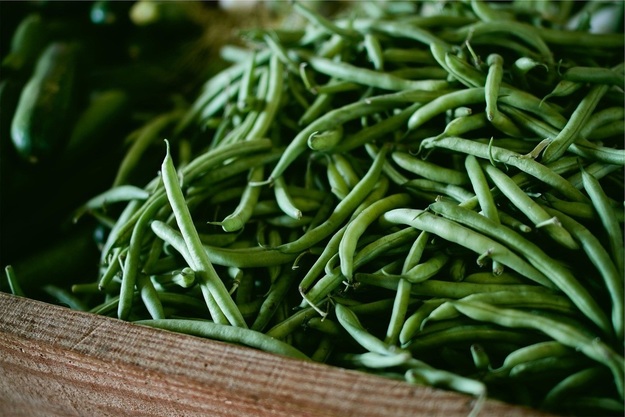 Green Bean – Cauliflower Casserole Makes 8 servings; Recipe adapted from www.thealmondeater.com Ingredients:
Directions:
Tasty and Lower Sodium Holidays to You!
~Leah, Dietetic Intern |
SD BlogA place for our consultant Registered Dietitian Nutritionists (RDNs) to share nutrition science, yummy and healthy recipes, tips on seasonal ingredients, and other nutritional musings. Enjoy! Categories
All
Archives
May 2024
|



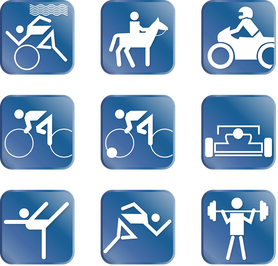

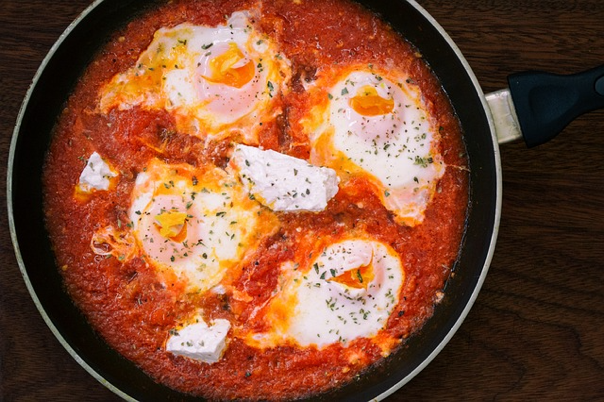
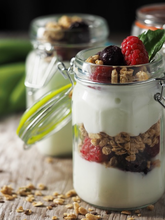

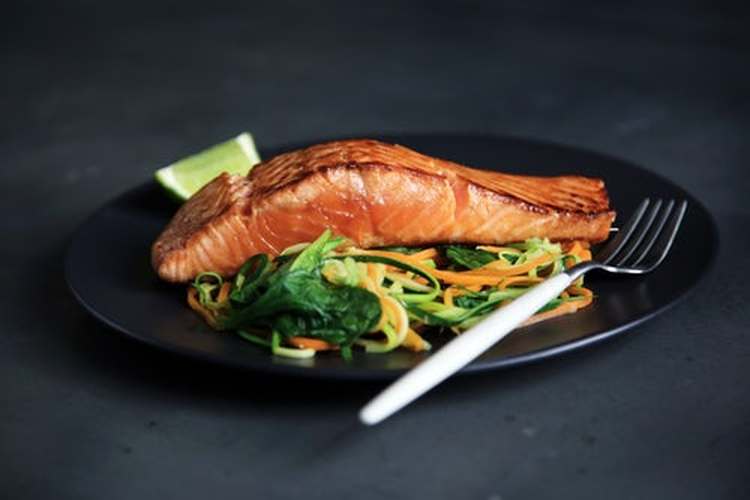
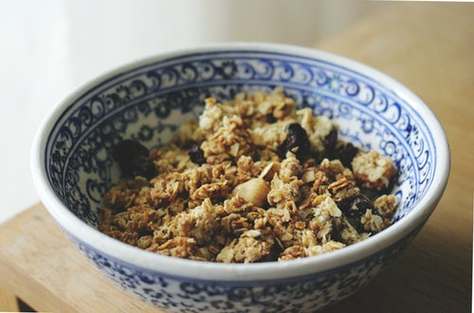

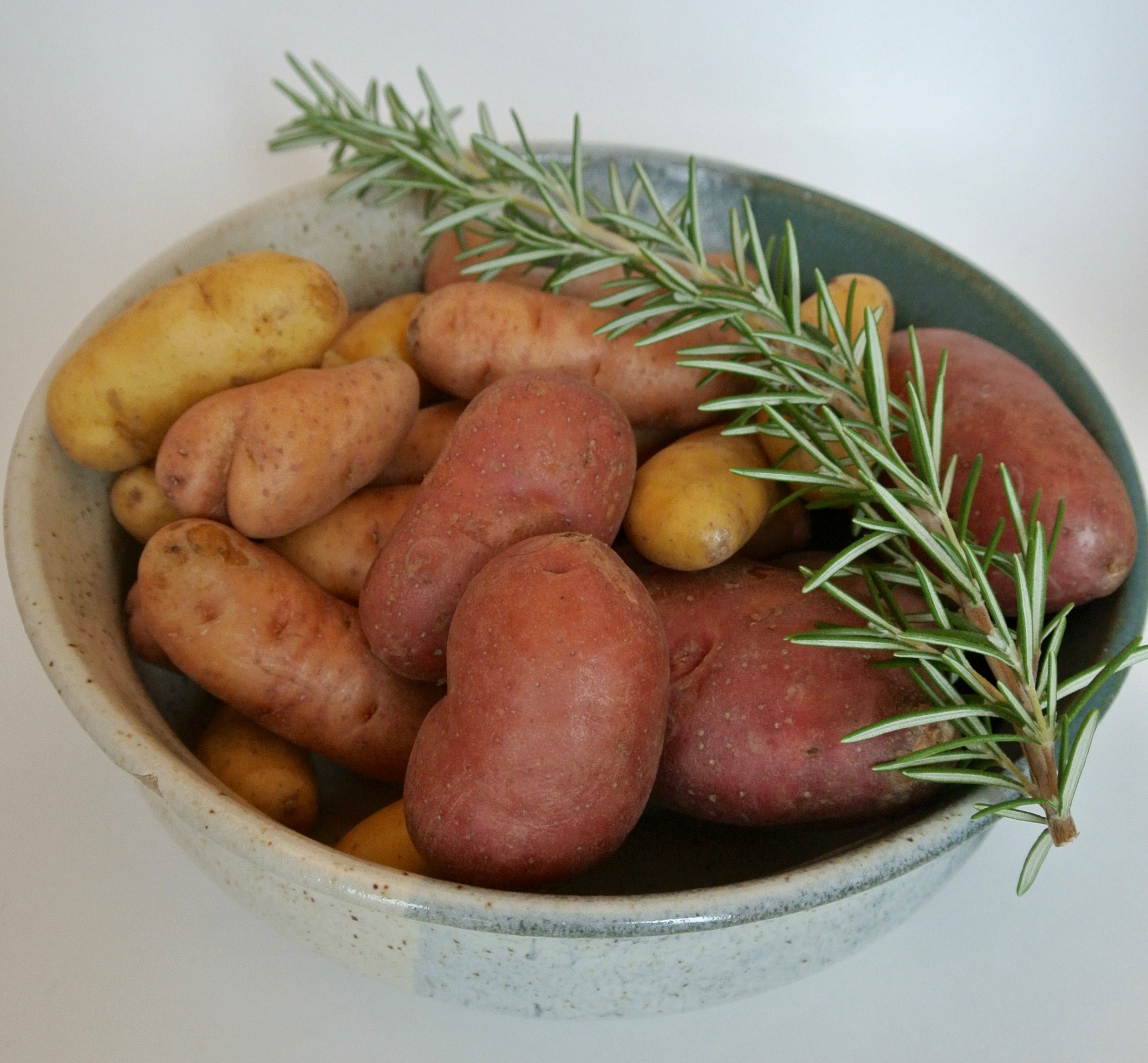
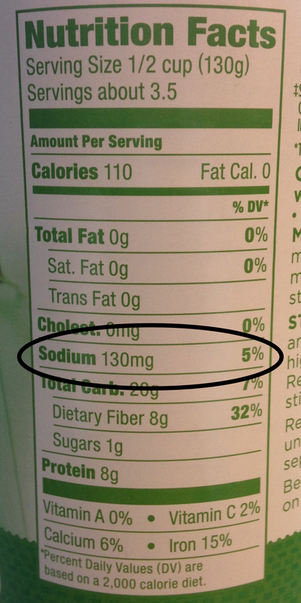
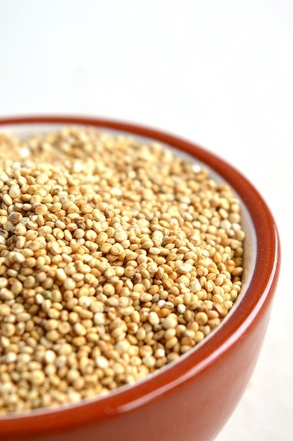
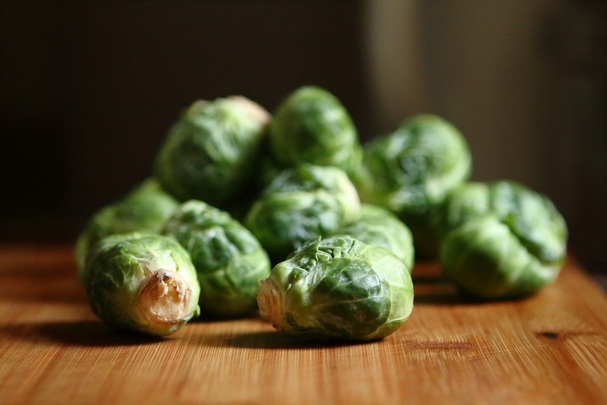
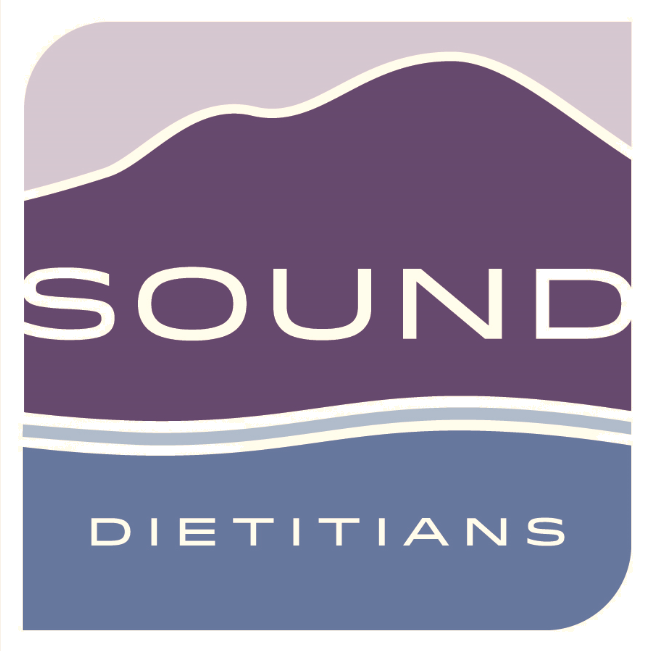
 RSS Feed
RSS Feed